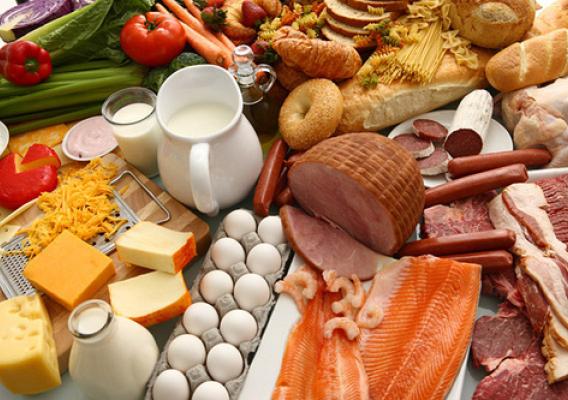Farmers are the ultimate survivors. By definition, their work requires incredible planning, but it also requires creativity. This year, farmers have faced the test of limited summer rains, which have lowered the productivity of many farmers’ yields. With fall approaching, farmers have an opportunity to invest today for better outcomes next year by planting what are called “cover crops.” Not harvested like a main crop, cover crops are mowed to stay on top of the soil or disked in for soil improvements.
Cover crops offer a wide range of benefits: they “trap” nitrogen left behind by fertilizer in the field, which otherwise may be washed away over the winter. They conserve water, improve the quality of soil, suppress weeds, and control insect pests and erosion. Cover crops can also provide an excellent source of animal feed during periods when drought has reduced forage.
USDA science counts conservation research as an important area, so our scientists continually study cover crops, including timely focus on the impacts of drought stress to reduce potential losses in U.S. production capacity. Using a grant provided by USDA’s National Institute of Food and Agriculture, researchers at Purdue University show that cover crops left on the soil surface after germination in spring will conserve soil moisture acting as a soil cover. This can increase crop yields in dry years and reduce year-to-year variability in yields.



